Enhance your woodworking skills with our guide on wood routing. Discover the best routers and techniques for precise, intricate cuts to elevate your DIY projects.
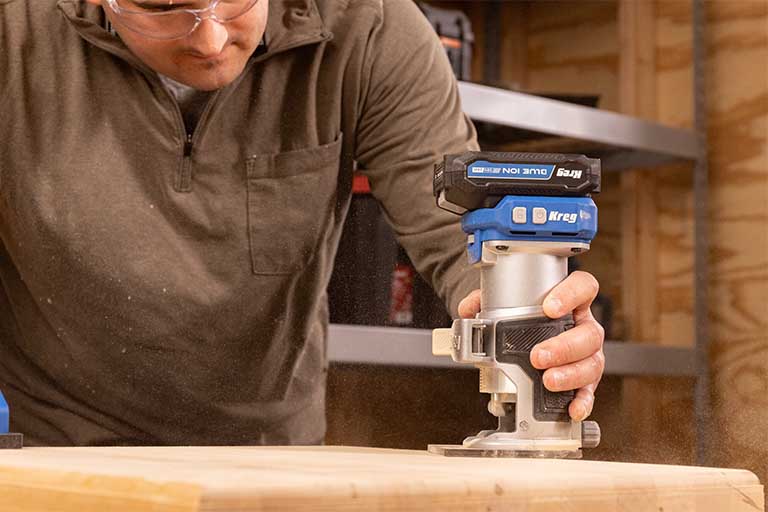
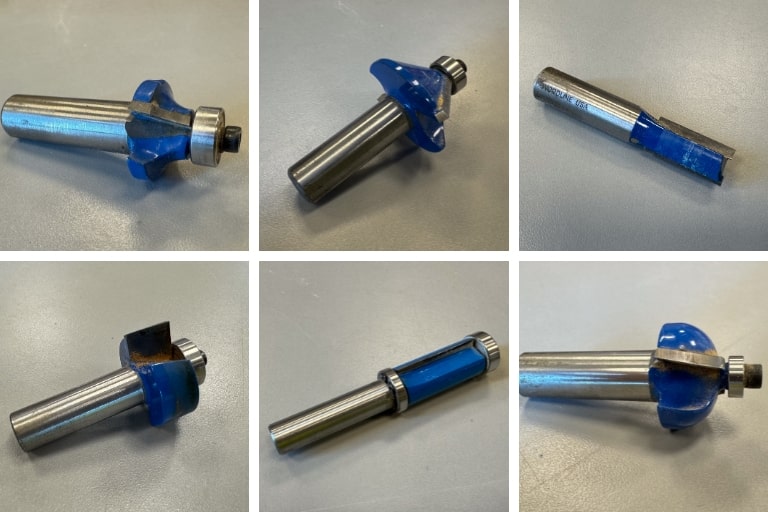
Router Bit Types – Which To Choose for Your Woodworking Project

How to Use a Router Tool – What You Need to Know
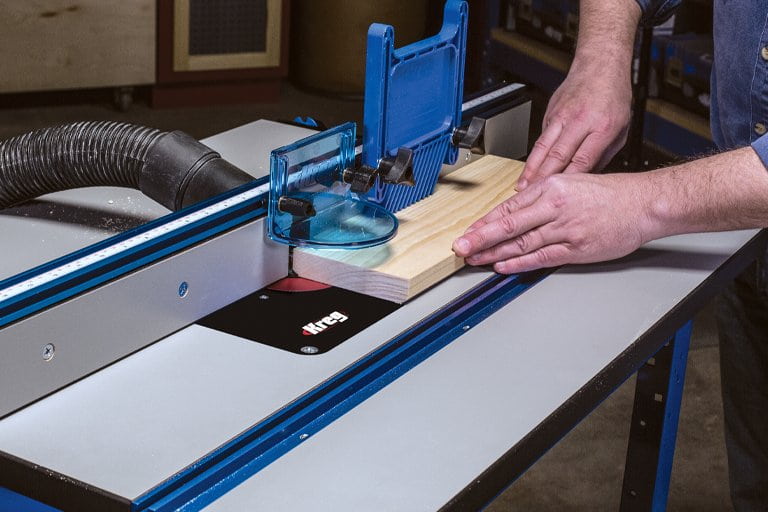
How to Choose a Router Table
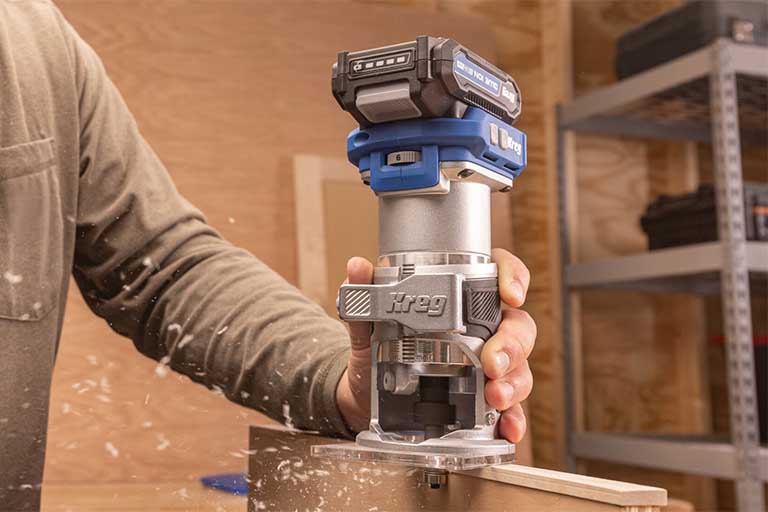
The Ultimate Guide to Wood Routers
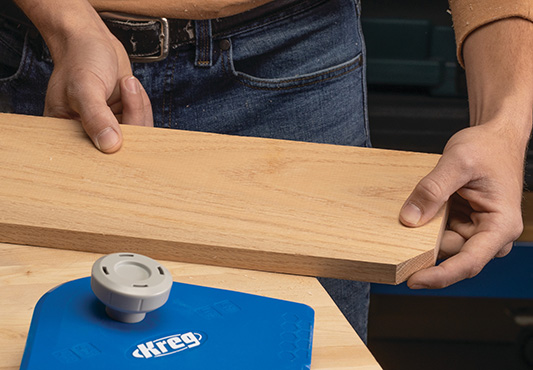
Elevate Your Wood Projects With Decorative Corners

Meet The Kreg Corner Routing Guide Set

Top 5 Things You Can Do With a Router Table
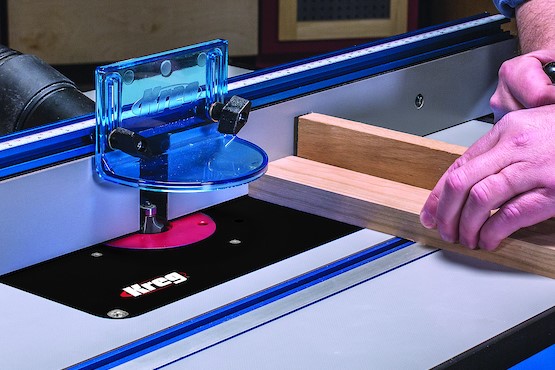
How to drill router-mounting holes in the Kreg Precision Router Table Insert Plate
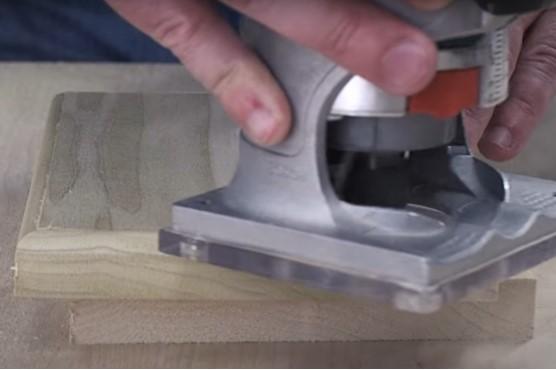
How to select a starter set of router bits
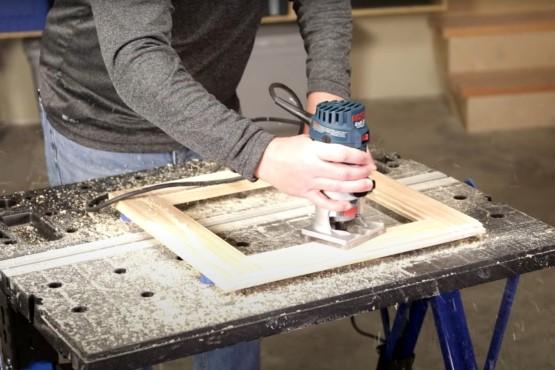
How to rout in the right direction

How to install router bits
Mastering the Art of Wood Routing: A Comprehensive Guide for Woodworkers
Wood routing is a fundamental skill that can elevate your woodworking projects to new heights. Whether you’re a seasoned woodworker or just starting, understanding the intricacies of wood routers and mastering various routing techniques can significantly enhance the quality and aesthetics of your creations. In this comprehensive guide, we will delve into the world of wood routing, covering everything from the basics of different router types to advanced techniques, safety precautions, and best practices.
Understanding Wood Routers
Overview of Different Router Types
Wood routers come in various types, each serving specific purposes in the woodworking realm.
- Fixed Base Routers: These routers are stable and provide precision. They are ideal for edge profiling and other tasks requiring accuracy.
- Plunge Routers: Offering depth adjustment on-the-fly, plunge routers are perfect for tasks like hollowing out areas in the middle of a wood piece.
- Trim Routers: Lightweight and maneuverable, trim routers excel at smaller tasks like laminate trimming and edge detailing.
Understanding the strengths of each type will empower you to choose the right tool for your woodworking projects.
Key Components and Features
A deep dive into the anatomy of a wood router is essential for effective utilization. Key components include:
- Motor: The powerhouse of the router, responsible for spinning the bits.
- Base: The foundation that provides stability and support during routing.
- Collet: The part that holds the router bit securely in place.
- Depth Adjustment: Allows you to control how deeply the router bit cuts into the wood.
Understanding these features will demystify the mechanics behind this versatile tool.
Guidance on Choosing the Right Router
Choosing the right router depends on the nature of your projects.
- For Beginners: Start with a fixed base router for its simplicity and stability.
- Versatility: A plunge router is a versatile choice, allowing for a range of applications.
- Precision Detailing: Trim routers are excellent for intricate detailing.
Practical guidance on selecting the appropriate router based on your specific requirements ensures that you have the right tool for the job.
Essential Wood Routing Techniques
Decorative Edges
Enhance the aesthetic appeal of your woodworking projects by mastering decorative edges.
- Selecting the Right Bit: Use a round-over bit for soft, rounded edges or a chamfer bit for angled edges.
- Securing the Wood: Properly secure the wood piece to prevent unwanted movement.
- Routing Technique: Move the router against the wood grain for smoother results.
Joinery
Achieving precise and strong joints is a hallmark of skilled woodworking.
- Dovetail Joints: Crafted with a dovetail bit, these joints are not only strong but also visually appealing.
- Mortise and Tenon Joints: Create durable connections using specific bits for mortises and tenons.
- Box Joints: Ideal for boxes and drawers, these joints are accomplished with a box joint bit.
Inlay Work
Elevate your woodworking to an artistic level with inlay work using a router.
- Selecting the Right Bit: Choose a straight bit for the initial cut and a smaller bit for detailed inlay work.
- Creating a Template: Craft a template for precise inlay placement.
- Patience and Precision: Take your time to achieve intricate designs with the router.
Choosing the Right Router Bits
Explanation of Different Router Bits
Router bits are the heartbeat of wood routing, and understanding their characteristics is crucial.
- Straight Bits: Versatile for edge profiling and dado cuts.
- Flush-Trim Bits: Ideal for trimming edges and laminates.
- Round-Over Bits: Perfect for softening edges and creating rounded profiles.
Tips for Selecting the Appropriate Router Bit
The right router bit can make or break your project.
- Consider Material: Different bits work better with specific materials.
- Bit Speed: Adjust the router speed based on the bit size and material.
- Bit Quality: Invest in high-quality bits for better durability and performance.
Insight into the Impact of Bit Size and Shape
The size and shape of your router bit play a significant role in the final outcome of your project.
- Bit Size: Larger bits for rough cuts, smaller bits for detail work.
- Bit Shape: Varying shapes create different profiles and effects.
Safety Tips and Best Practices
Emphasis on Safety Precautions
Wood routing involves high-speed spinning bits and precision movements. Safety should always be a top priority.
- Eye and Ear Protection: Use safety glasses and ear protection to safeguard against flying debris and loud noise.
- Secure Workspace: Ensure a clutter-free workspace to prevent accidents and maintain focus.
- Router Handling: Hold the router with both hands and maintain a firm grip for control.
Tips for Securing Workpieces and Maintaining Control
Securing your workpieces and maintaining control over the router are essential for achieving accurate and safe results.
- Clamping Techniques: Properly clamp down your workpieces to prevent movement.
- Router Base Support: Keep the router base flat on the surface for stability.
- Direction of Movement: Move the router against the rotation of the bit for better control.
Common Mistakes to Avoid
Even seasoned woodworkers can make mistakes. Learn from common errors to ensure a smooth and accident-free woodworking experience.
- Wrong Router Bit Choice: Using the wrong bit for the task can result in subpar results.
- Neglecting Safety Gear: Failing to use safety gear can lead to accidents and injuries.
- Inadequate Material Support: Insufficient support for the material can cause it to splinter or kick back.
